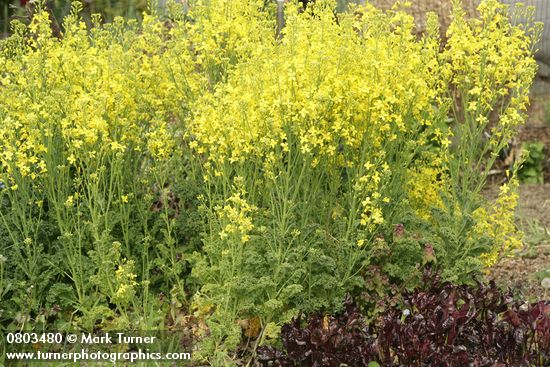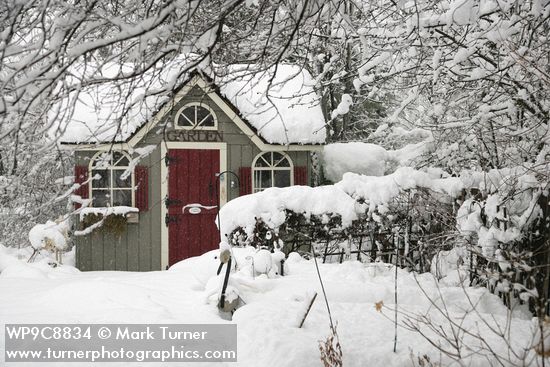I thought about going for a bike ride today, but with rain in the forecast I decided to walk instead. As I started from home it wasn’t raining and was a bit warmer than yesterday. I headed east on North Street and picked up the Railroad Trail to Whatcom Falls Park. There were a lot of people out on the trail — walkers with dogs or kids in strollers, joggers, and a few cyclists. I took off my rain jacket before I’d gone too far and rolled it up in the hood for easy carrying. I was traveling light, with just a Clif bar in my pocket for a snack. I counted on water fountains working in the parks.
Whatcom Falls was running full, but not at flood stage. I headed toward Woburn Street on the Water Line Trail, which has been designated as an off-leash dog area. There were a few dogs and their owners out enjoying themselves, all well behaved. When I got to the back side of Bayview Cemetery I headed south toward the corner of Yew St. and Lakeway. From there it was a long climb up to the top of Yew Street hill. There were three cyclists ahead of me riding up the steep hill, but even riding slowly they were much faster than my walking pace.
Somewhere along the road I saw my first flowers in bloom. Nothing interesting, just the weedy Senecio vulgaris. It’s not too unusual to see it blooming during the winter. About the time I got to the top of the hill it started to rain and I put my raincoat back on. It also seemed to be quite a bit colder and a little windy. I passed the new elementary school under construction near the fire hall. I hadn’t realized the school was going to be right next to the road. There’s no shoulder at that point and some of the cars seemed to be going a bit faster than I thought they should. I had to watch out for them.
When I got down to Lake Padden I entered the park and followed the trail around the near side of the lake to Padden Creek gorge. I headed down the gorge trail, enjoying the sound of the creek cascading over rocks beside me and noting the trees that had come crashing down in one of our winter windstorms. I took the loop trail, which follows closer to the creek, for the first time. It’s not much farther, but more interesting than the main trail. The gorge trail ends at 36th Street, which I followed until I came to the street that descends the hill and passes under I-5 to become Old Fairhaven Parkway.
There’s a fairly new trail and bridge that crosses Connelly Creek and then passes by the newish Bellingham co-housing development on Donovan Ave. I hadn’t been down that way for a while and had never seen what the co-housing group had built. It’s attractive, with the houses clustered together and all the auto-oriented stuff around the edge of the site. I followed Donovan to 16th and headed up the hill. There’s a trail where the hill is too steep for a street, and then the street continues.
There are a lot of nice front yard gardens on 16th Street, as well as on Garden Street which I followed next as I worked my way back north. There was a hazelnut (Corylus sp.) just starting to bloom along the sidewalk, probably not our native species since it was in someone’s garden. I stopped briefly to examine the catkins. When I came to WWU there was a sign pointing to the trail down to the Boulevard, so I took it and then followed the South Bay Trail into downtown and then home on city streets.
Overall, the route was a bit over 15 miles and I walked it in 4 hours 20 minutes, averaging about 3.5 mph. An online calorie calculator said I burned about 1100 calories along the way. I mapped the route using my TOPO software, which reported about 1145 feet of elevation gain and loss, with the high point at the top of Yew Street hill. There was enough water available at Whatcom Falls and Lake Padden to satisfy me, and my Clif bar was enough of a snack to hold me until I got home for a modest lunch.







 The second garden I visited today is a wildlife garden, and in the winter it is a haven for nuthatches, chickadees, pine siskins, house finches, flickers, mourning doves, and dozens of California quail. Bird feeders hang from many trees, and a large covered ground feeder gives a sheltered place to feed near thick shrubs which offer protection.
The second garden I visited today is a wildlife garden, and in the winter it is a haven for nuthatches, chickadees, pine siskins, house finches, flickers, mourning doves, and dozens of California quail. Bird feeders hang from many trees, and a large covered ground feeder gives a sheltered place to feed near thick shrubs which offer protection.